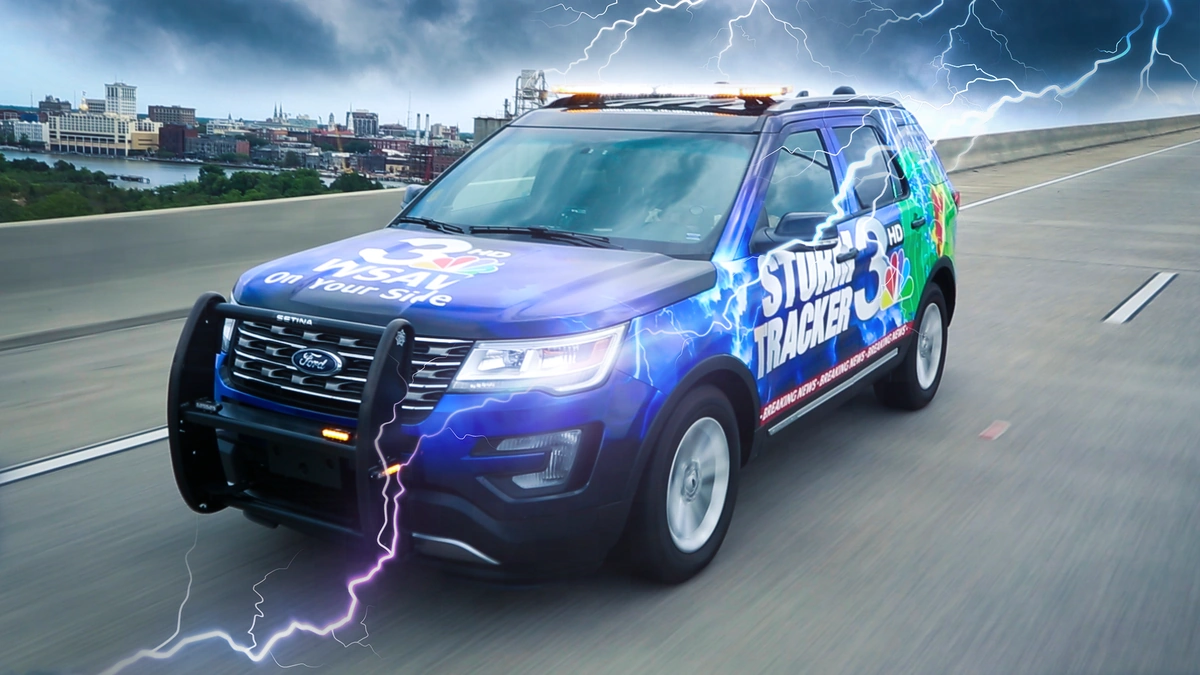Let’s be honest, folks. When a storm’s brewing, we all become amateur meteorologists, glued to our phones, frantically searching for the latest weather updates . But simply knowing where the storm is isn’t enough. The real question is: what’s it going to do ? And that’s where understanding the nuances of a reliable storm tracker becomes crucial. It’s not just about seeing the pretty colors on a map; it’s about interpreting the data to make informed decisions to protect yourself and your loved ones.
Beyond the App: Understanding Storm Tracking Technology

So, you’ve downloaded a fancy weather app. Great! But do you know what’s under the hood? Most modern storm tracking technology relies heavily on Doppler radar. But, like any tool, it has its limitations. Doppler radar works by bouncing radio waves off precipitation. The change in frequency of those waves tells us how fast the rain or snow is moving, and in what direction. This helps meteorologists detect rotation within a storm, a key indicator of potential tornado formation. Here’s the thing: Doppler radar can be affected by things like terrain and the curvature of the Earth. That’s why it’s essential to cross-reference your app’s information with local weather reports and, if possible, a trained meteorologist’s analysis. And this data is always updating!
From Data to Decisions: Using a Storm Tracker App Effectively
Okay, you’ve got the data. Now what? A common mistake I see people make is focusing solely on the storm’s projected path. That’s important, sure, but equally crucial are factors like storm intensity, speed, and the potential for flash flooding. If your storm tracker app indicates a slow-moving storm system, even moderate rainfall can lead to significant flooding, especially in urban areas with poor drainage. Pay attention to the alerts your app provides. Most apps use a color-coded system to indicate the severity of the threat. Learn what those colors mean! A yellow alert might mean “be aware,” while a red alert means “take immediate action.” It sounds obvious, but I can’t tell you how many people ignore those warnings until it’s too late.
The Human Element | Why Local Meteorologists Still Matter
We live in an age of incredible technology, but the human element remains vital. Local meteorologists bring years of experience and a deep understanding of regional weather patterns to the table. They can interpret the raw data from weather radar , account for local conditions, and provide nuanced forecasts that a generic weather app simply can’t match. Plus, they often provide crucial context. What fascinates me is how they can relate the data to what matters to you. Are the kids’ soccer games in danger? Will your commute be a nightmare? Your local weather team usually has the answer.
Debunking Weather Tracking Myths
Let’s be honest – there’s a lot of misinformation out there when it comes to weather. Here’s the thing, many believe that if the sky looks clear, they’re in the clear. Nope. Storms can develop rapidly, and even a clear sky can quickly turn ominous. Relying on your gut feeling is a recipe for disaster. Another myth? That all weather apps are created equal. As per the guidelines mentioned in several tech review sites, some apps are more accurate and reliable than others. Do your research! Read reviews, compare features, and choose an app that uses reputable data sources. Remember to use caution when you get updates.
FAQ: Your Storm Tracker Questions Answered
What if my weather app doesn’t match what I see outside?
Trust your eyes, but also consider the timing. Apps often lag behind real-time conditions. If your app shows clear skies, but you see dark clouds approaching, it’s time to take precautions.
How often should I check my storm tracker?
During severe weather, check it frequently – at least every 15-30 minutes. Conditions can change rapidly, and staying informed is crucial.
What’s the difference between a watch and a warning?
A watch means conditions are favorable for severe weather. A warning means severe weather is imminent or occurring. Take warnings seriously!
What if I lose power during a storm?
Have a backup plan! Battery-powered radios and NOAA weather radios can provide essential information even when the power is out.
Ultimately, a storm tracker is just a tool. Its effectiveness depends on your understanding of its capabilities and limitations. Don’t just passively consume the information it provides; actively engage with it, cross-reference it with other sources, and, most importantly, use it to make informed decisions that will keep you safe. Remember that your safety and those around you is important and that you should always pay attention to the weather.




